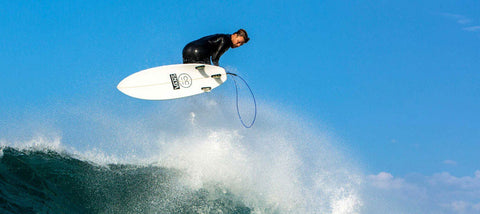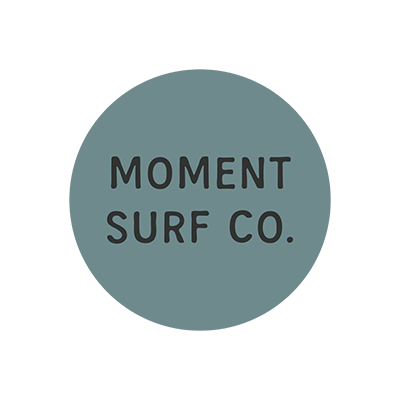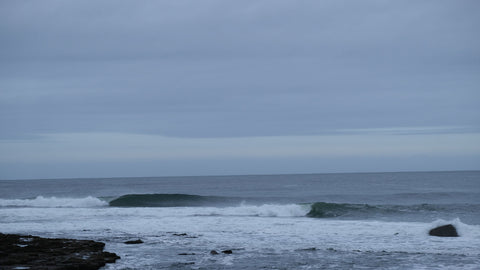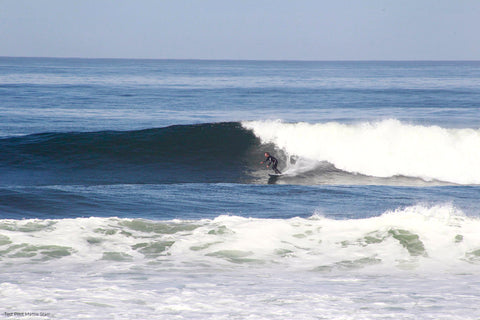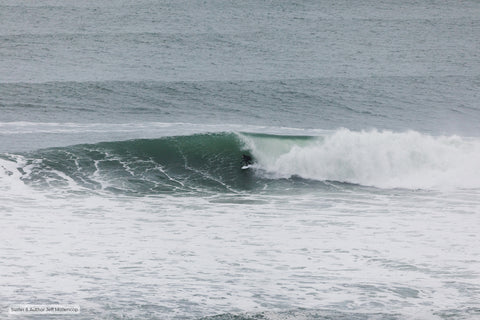Let’s face it, none of us will ever surf as well as Dane Reynolds. We won’t even come close. That doesn’t mean finding the right board for ourselves and our ability is any less important. If you are a surfer who always throws your favorite shortboard into the car, regardless of conditions, you need to watch Stab’s Video: Shot in the Dark. Not just because every time you watch Dane surf you are blown away, but it’s also highly educational. If you’ve ever wanted to know if there is really a difference between high performance surfboards shaped by the best in the world, here is the proof.
Shaping a surfboard is a form of art. It’s very subjective and there is no perfect formula. What works for one person might not work for another. Everybody’s ability and the conditions they surf in are different. So how do you pick the right board for yourself? It’s too expensive to buy 13 boards and try them all until you find the perfect one, like they did in this video. Just because you bought the highest performing model from the most popular shaper, doesn’t mean it’s going to work for you. This point comes across very clear while watching Dane destroy wave after wave in search of the best board.
What’s the secret formula to finding your magic board? In no other sport can you go directly to the manufacturers and ask them to make you a piece of equipment specifically designed for yourself. The closest thing I can think of is golf, where they won’t make you your own club, but they will adjust one to fit your needs. In surfing, you can go to either your local shaper or one of the biggest names in our sport and ask them to make you a board. Sure, one might take longer than the other, but that’s a small hurdle when you are going to get exactly what you want. Even in the video, Dane admits it would be unfair if his regular shaper, Channel Islands, participated in this experiment. Brit Merrick already knows exactly what Dane likes and what works best for him. He is not a better shaper than any of the other guys participating, but knows how to make a board that is best for how he surfs. You too can build a similar relationship with a shaper and dial in what you want.
How do you know what shaper to work with? Educate yourself about them the best you can is the first step. Also, know your budget. Obviously, if you work with a local shaper you will save a little money compared to going through one of the bigger names. Plus they are more likely to spend time with you. It’s easy to justify spending a little more however, knowing you are getting a board from one of the best in the world. You still need to do your own homework though. Look for shapers that are from areas that have similar waves as your home break. We love working with Lost Surfboards because Matt Biolos is from San Clemente, California and shapes boards for smaller, softer beach breaks and small points. Even though Eric Arakawa is considered one of the best, he is from the North Shore of Oahu where the waves have NOTHING in common with ours. If a shaper spends his time making boards for fast, hollow reef breaks he is less likely to dial in what we need here in Oregon.
My last suggestion is once you pick a shaper, stick with them. Give yourselves time and several boards to dial in exactly what you need. Make small adjustments with each board and don’t be so quick to form an opinion good or bad. It takes time to get it right. Once you both are dialed in however, it becomes a lot easier to find that magic board!

